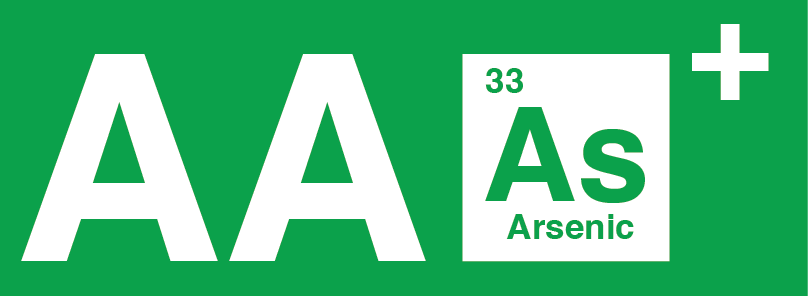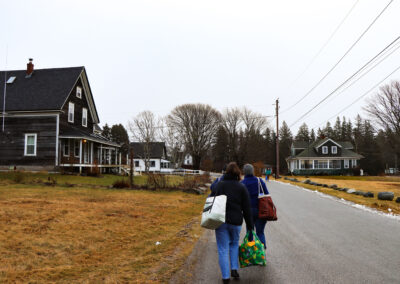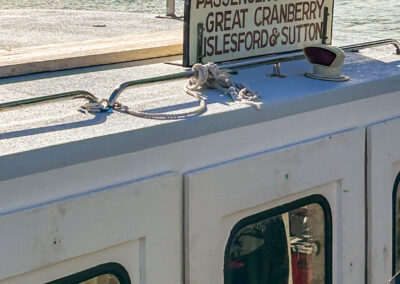
On a cold morning on Islesford, island residents walk into the Neighborhood House with thermoses and water bottles in hand. A father together with his young son explained his family’s reluctance to drink the water that comes from their tap that may or may not contain chemicals or contaminants. When the preschool class came to the library for story time, a school aide brought a water bottle and wondered what might be in the school’s tap water, which was in her water bottle.
This is why Sunbeam Nurse Simone Babineaux and Island Services Program Coordinator Margaret Snell are on the island this morning. Six community members arrive to have their well water tested and learn more about safe water, while another test was left for pickup.
Statewide, around 40% of Mainers rely on wells. On outer islands, that number rises to nearly 100%. Well water, unlike public drinking water, does not need to be tested for chemicals, which means islanders are unsure if their well water is safe to drink.
Earlier this fall, the Mission began a partnership with Mount Desert Island Biological Laboratory to help spread awareness about the Lab’s All About Arsenic + program which includes water testing for Maine’s 15 unbridged islands with a year-round population. This partnership empowers islanders to learn more about their water and what mitigation efforts can help.

After catching the mailboat over, a bag of test kits in hand, Island Institute Fellow Morgan Karns sets up at the Neighborhood House. She helps islanders through the Lab’s questionnaire, which asks about their knowledge about, and opinion of, their water, filtration systems, arsenic, and more. Alongside the water results, the questionnaire provides valuable information to the Lab’s Associate Professor of Environmental Health Jane E. Disney, the lead researcher for the All About Arsenic + program.
Morgan walks residents through the questionnaire, and then gives islanders a kit to take home to test their water. For residents who already brought a sample of their water, Morgan helps them do the test. Once a test is completed, the kits are deposited at a central collection point on the island, where the Mission retrieves them. The kits then go to Dartmouth Trace Element Analysis Core for testing. The Lab and the residents receive the results and are counseled on mitigation measures they can take to improve water safety.
The Sunbeam be travel to Frenchboro and Isle au Haut to meet with island residents to offer well water testing and Mission staff are working on visiting all 15 islands this spring.
This initiative is part of Island Health’s partnership with the Mount Desert Island Biological Laboratory for their Health Water, Healthy Aging program.



